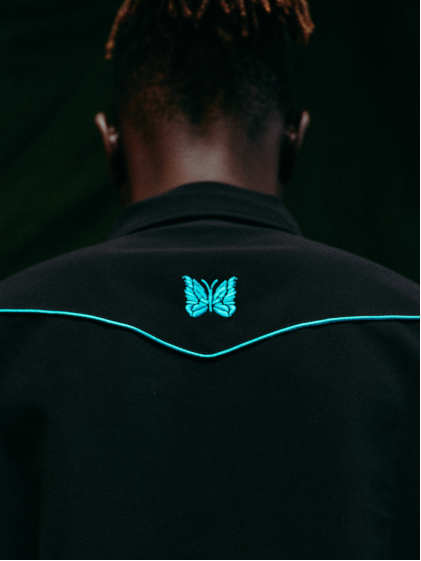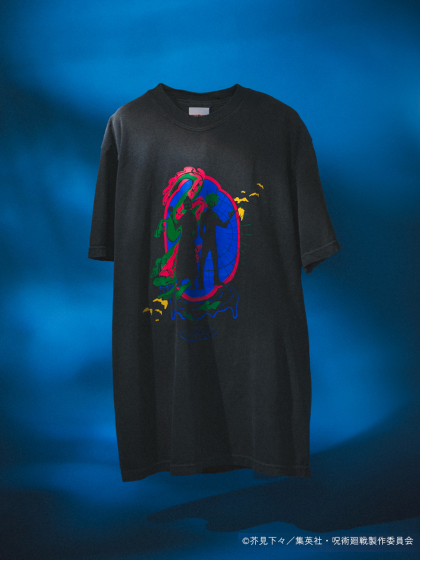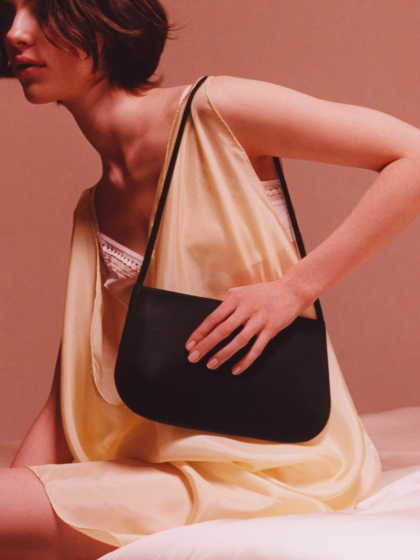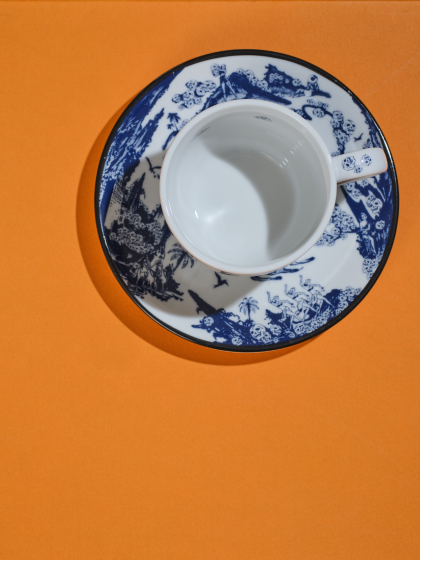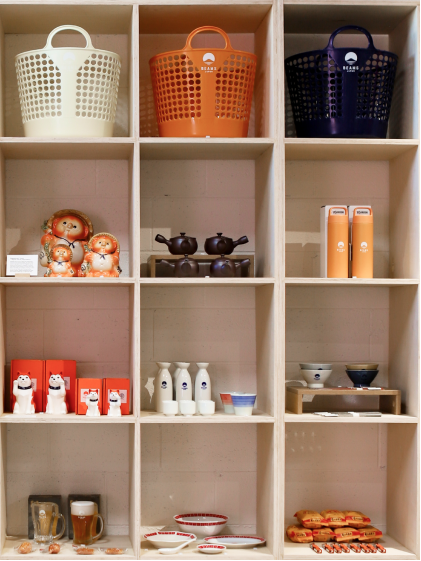The story of Beams begins in February 1976, when founder Etsuzo Shitara opened a tiny, 21-square-meter imported clothing shop called American Life Shop Beams in Tokyo’s Harajuku neighborhood. Shitara hoped the store would offer young people something completely new. The name “Beams” played on the store’s ambitions: casting light on quality products from around the world, supporting others as a solid structural unit, and leaving customers with “beaming smiles.”
Set up to resemble a UCLA dorm room, the shop sold all the items indispensable to the youth of the American West Coast, from athletic sweatshirts to mousetraps. Even in these early days, Beams never just sold clothing but offered a full variety of goods to better illustrate how people overseas were living in new ways.
